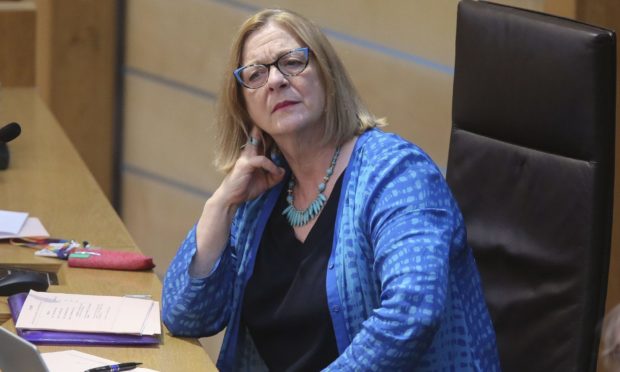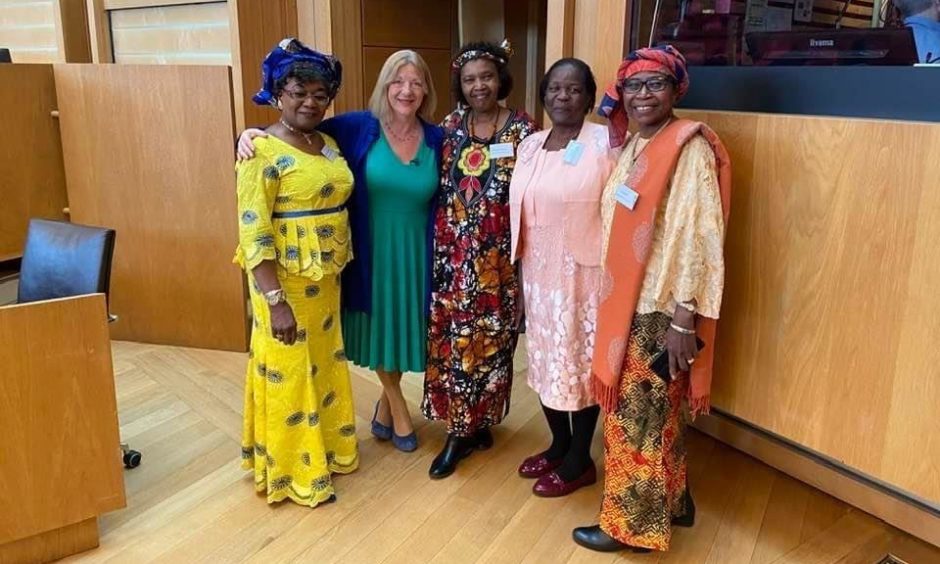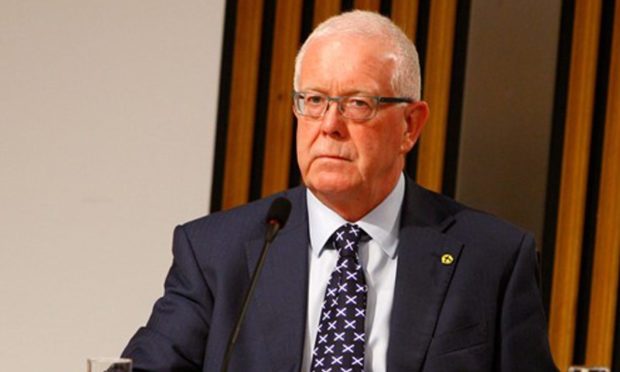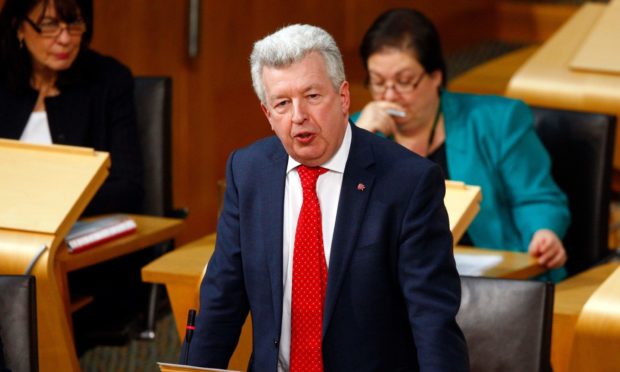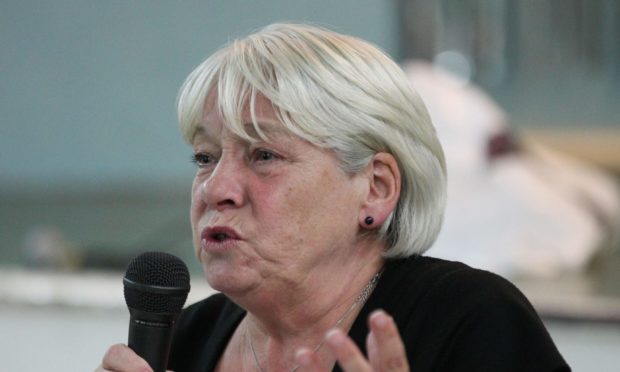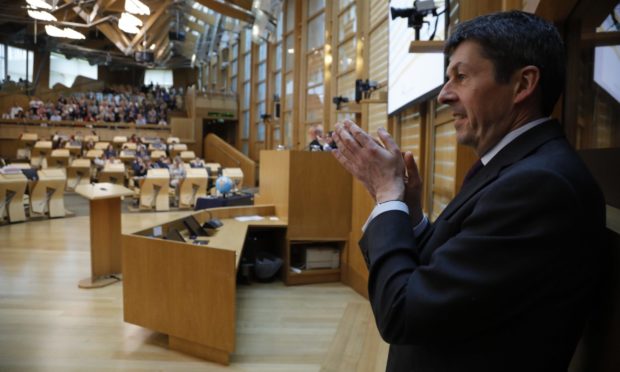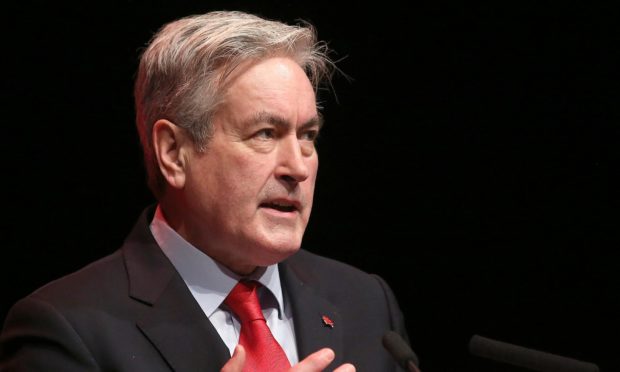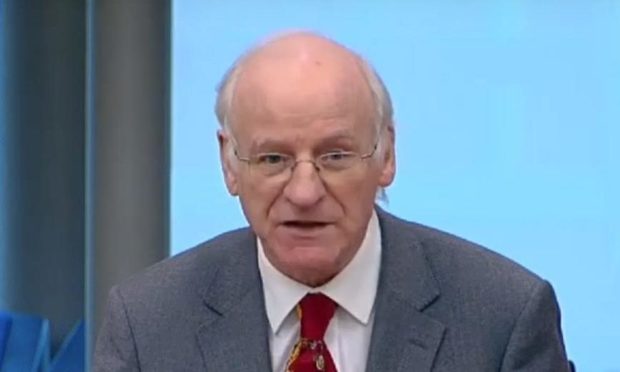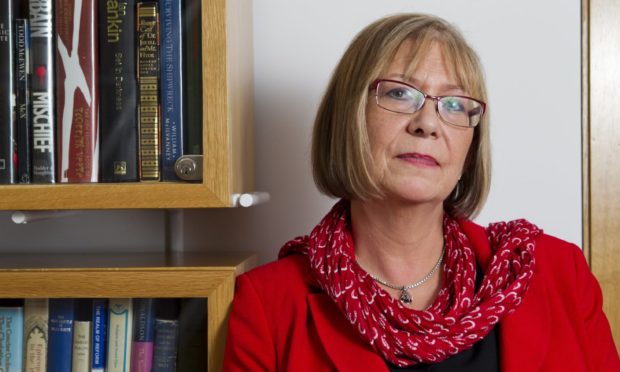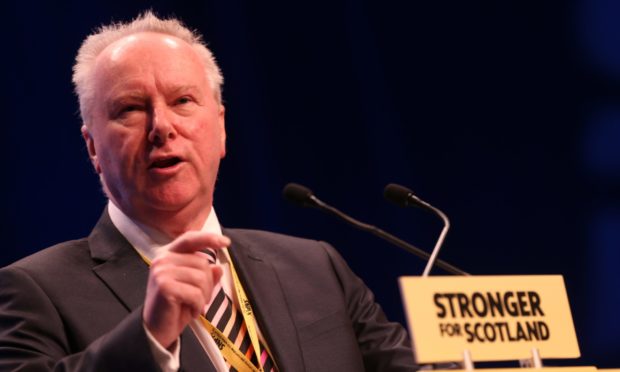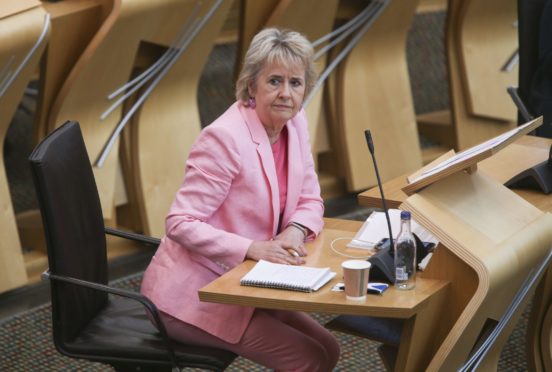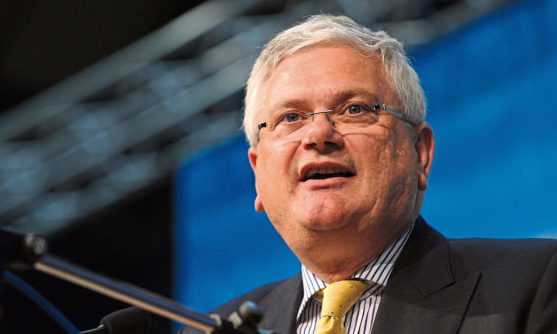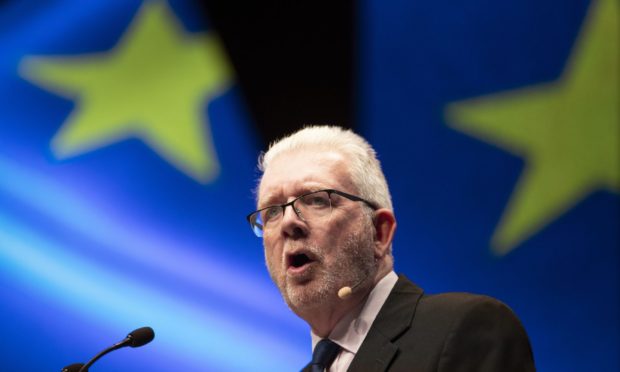Linda Fabiani’s parliamentary career will come to a close presiding over one of the most contentious episodes in Holyrood history.
The SNP politician was chosen as convener of the committee investigating the Scottish Government’s bungled internal investigation into the claims made against Alex Salmond earlier this year.
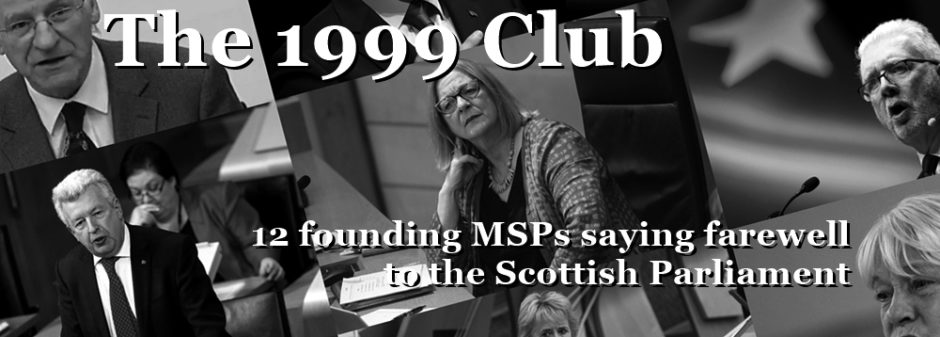 The inquiry follows a successful legal challenge made against the Scottish Government with a court concluding the government’s handling of the matter had been tainted with apparent bias, forcing it to pay out more than £500,000 to Mr Salmond’s legal costs.
The inquiry follows a successful legal challenge made against the Scottish Government with a court concluding the government’s handling of the matter had been tainted with apparent bias, forcing it to pay out more than £500,000 to Mr Salmond’s legal costs.
The deputy presiding officer is chairing the committee in her final year of a Holyrood career spanning two decades.
Ms Fabiani said the process has been “frustrating” so far and she has been vocal in calling for more evidence to be provided to help the committee do its job.
In our interview, she said: “It’s really difficult (chairing the inquiry). It’s very stressful because it’s highly charged from a political sense and I am absolutely determined to be fair to everybody involved.
“We have a remit, that’s not generally understood, I have to say, but it’s a very firm remit and it was given by the whole parliament and I will stick to that and keep that going and we’ll see where we get to.”
Ms Fabiani has built a reputation for being well-liked across the chamber and said herself that her own motivation in politics is “fairness” and ensuring “everybody gets a fair shout”.
“I suppose that means I’m quite fair, not particularly partisan. I am when it comes to political decisions to be taken and what I want for my country,” she said.
“I like to give everybody a fair shot. I believe in working together and getting to solutions.”
‘I was quite shocked at some of the attitudes at the time’
The MSP’s journey into elected politics started in 1998, just one year before the parliament opened, when she started going to local meetings at a time when there was a “big debate” in the party around female representation.
She said: “I was quite shocked at some of the attitudes at the time and I suppose I was quite vocal at certain things.
“I remember it very, very clearly, my partner Duncan, my colleagues in the party, people like Roseanna (Cunningham), people like Nicola (Sturgeon), were saying to me ‘right you should put your money where your mouth is and stop talking about it and go for it’.”
The SNP politician was “very surprised” to be elected to the newly-established Scottish Parliament in 1999, as she was number five for the regional list for Central Scotland.
Following her election, she worked three months’ notice in her previous role as a housing association director, all while starting her new job in parliament, which she admits means she “probably missed out on some of the joy of moving into a new job because I was trying so hard to balance all the plates”.
She said: “It was scary. It was a great honour. I felt very privileged but it was daunting.”
‘We need to make it far more representative’
Ms Fabiani’s route into politics came in part out of a drive to boost female representation in elected government, but has this gone far enough in 2020?
She admits “there’s still a way to go”, adding: “We have fewer women MSPs then we did in that first parliament.
“We are making a big effort. We’re doing it again for the 2021 election and also for those with disabilities and those from BAME (Black, Asian and minority ethnic) backgrounds.
“As the parliament has matured, I think there has been a recognition that we need to make it far more representative of the people we serve.”
Biography
Name: Linda Fabiani
Age: 64
Party: SNP
Member: East Kilbride
Born: Glasgow
Education: Studied for a diploma in housing at Glasgow University
Career: Previously worked as development manager at Bute House Association and then director of East Kilbride Housing Association
Political career: First elected to the Scottish Parliament in 1999 as the MSP for Central Scotland. In 2011, she was elected as MSP for East Kilbride. Served as Minister for Europe between 2011 and 2016. Elected by colleagues to the post of Deputy Presiding Officer of the Scottish Parliament (2016 – present)
The 64-year-old’s decision not to stand next year has been driven by the fact she would be almost 70 at the end of another five-year term.
She said: “I don’t personally want to work at this pace until I’m 70.
“Others thrive on it. I don’t believe I would therefore I feel you have to know when to go.
“Also, from a party political point of view, we’ve got some wonderful talent in the party, time to move on, let others do that.
“I’ll always fight for independence, I’ll be on the campaign trail at the next referendum.
“That’s my only plan apart from… well, I wanted to travel. I’ll see how that goes.”
The SNP MSP describes the result of the 2014 independence referendum as a “huge regret” but overall she thinks her party has achieved a “great unity of purpose” leaving her content to stand down next year.
In terms of the biggest change in Scottish politics, Ms Fabiani believes this comes down to an increased sense of confidence in Scotland.
She said: “We’ve moved in 20 years from a governmental system and a parliamentary system based down in London and Scottish affairs dealt with by a couple of ministers and a civil service.
“We’ve moved from that to everything happening within Scotland, people being able to see what’s happening in Scotland, young people in schools just finding it normal that they have the parliament there, that they can see their MSPs, this is where things happen…
“I think that has created a confidence, a recognition that we can best do things here in Scotland and I think that’s the biggest achievement the parliament has had.”
